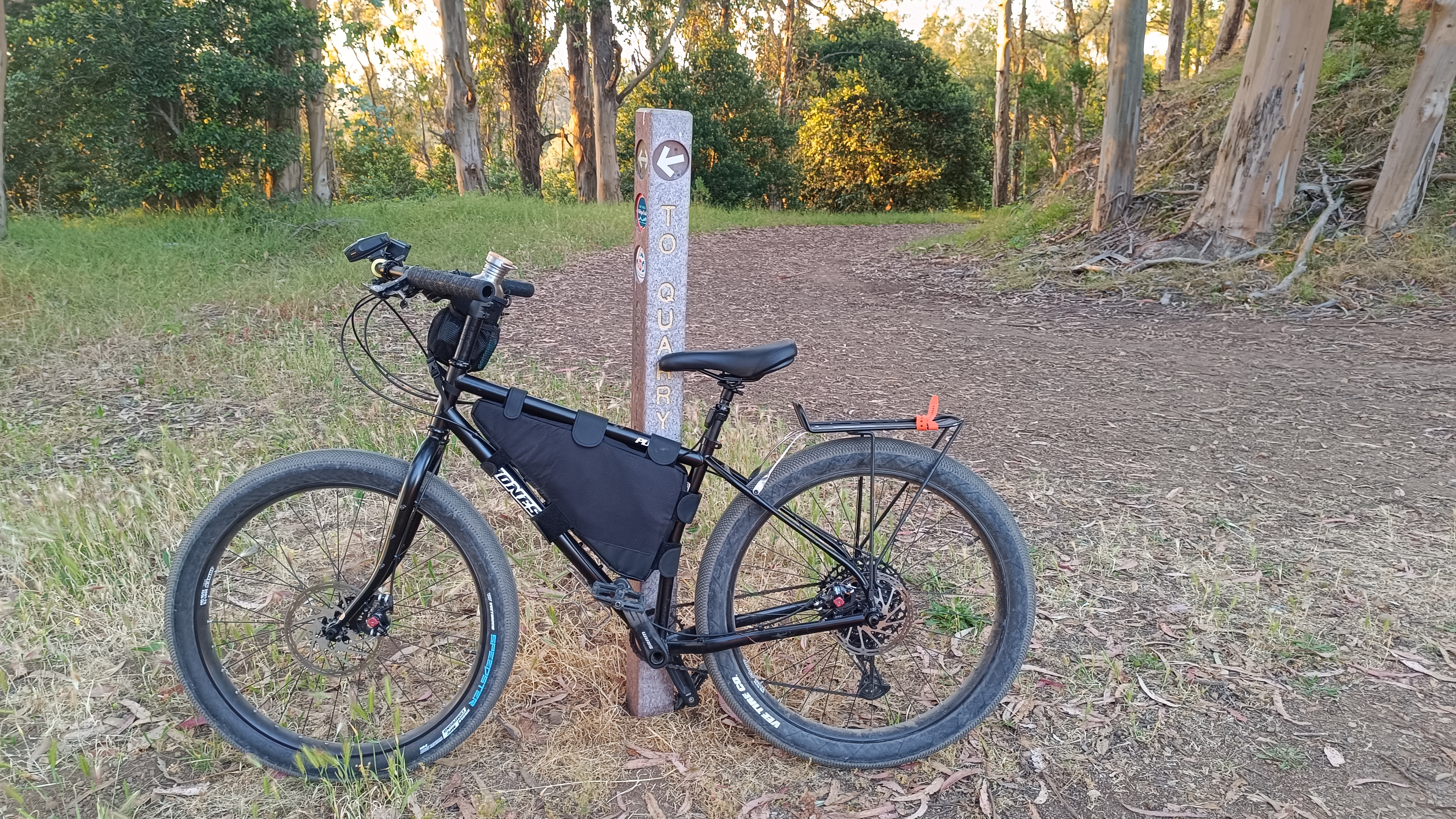this post was submitted on 02 Jun 2025
68 points (97.2% liked)
Bicycles
4043 readers
36 users here now
Welcome to [email protected]
A place to share our love of all things with two wheels and pedals. This is an inclusive, non-judgemental community. All types of cyclists are accepted here; whether you're a commuter, a roadie, a MTB enthusiast, a fixie freak, a crusty xbiking hoarder, in the middle of an epic across-the-world bicycle tour, or any other type of cyclist!
Community Rules
-
No bigotry - including racism, sexism, ableism, homophobia, transphobia, or xenophobia.
-
Be respectful. Everyone should feel welcome here.
-
No porn.
-
No ads / spamming.
-
Ride bikes
Other cycling-related communities
founded 2 years ago
MODERATORS
you are viewing a single comment's thread
view the rest of the comments
view the rest of the comments



what's the "low tire pressure" thing?
The bigger the tire, the lower pressure you can run, which makes it more comfortable over rough pavement and trails. This bike has no suspension but I'm still able go over big rocks, roots, etc. comfortably if I drop the pressure. I ride trails but not aggressively/getting air or anything. So I can ride pavement a while to get to some trails, drop the pressure and have a good time off road, then air up and zip back home. And no suspension to deal with/maintain (+ can run cargo racks front and back if I want, which you can't always with suspension).
It's a trend/rediscovery of sorts in the "all-terrain bike" hype-sphere (but I do like it)
But it makes it harder to roll, so you spend more energy pedaling. Especially in the city on a pavement you can roll much easier with higher pressure.
In England I always low pressure my ebike, so much better on slippery roads. Harder to push, yes, for the motor not for me
That's why I just pump them up when I'm on (decent quality) pavement.